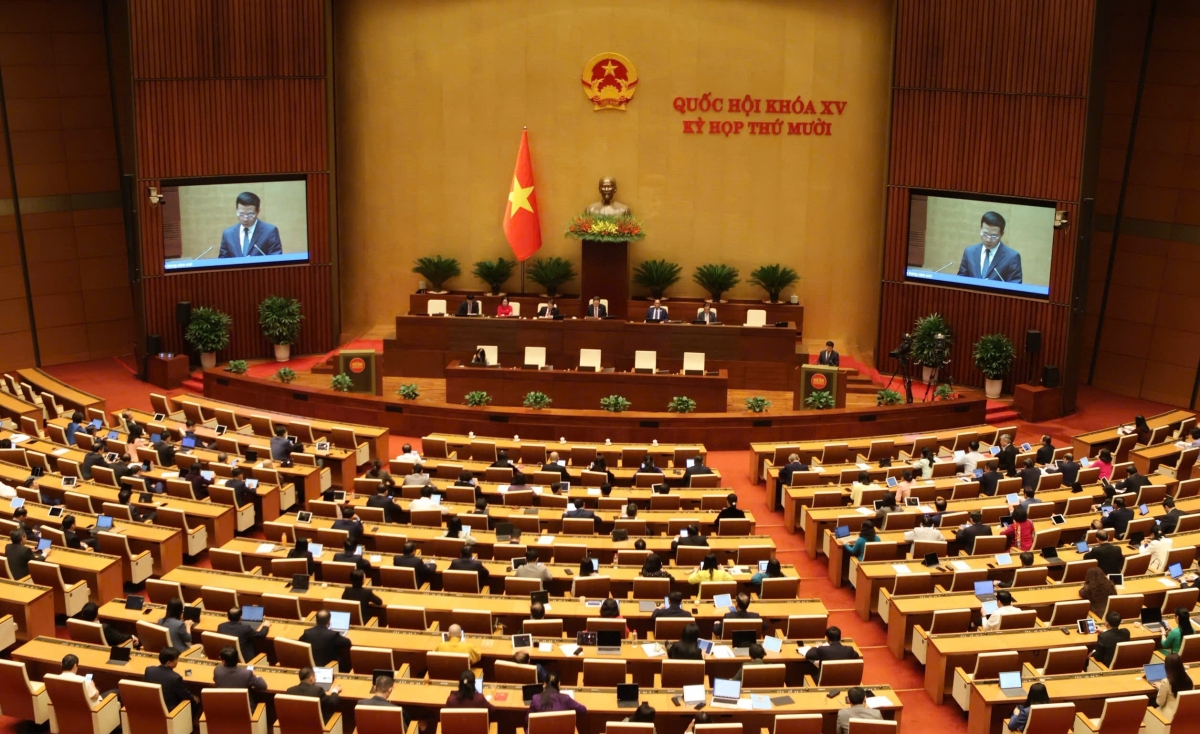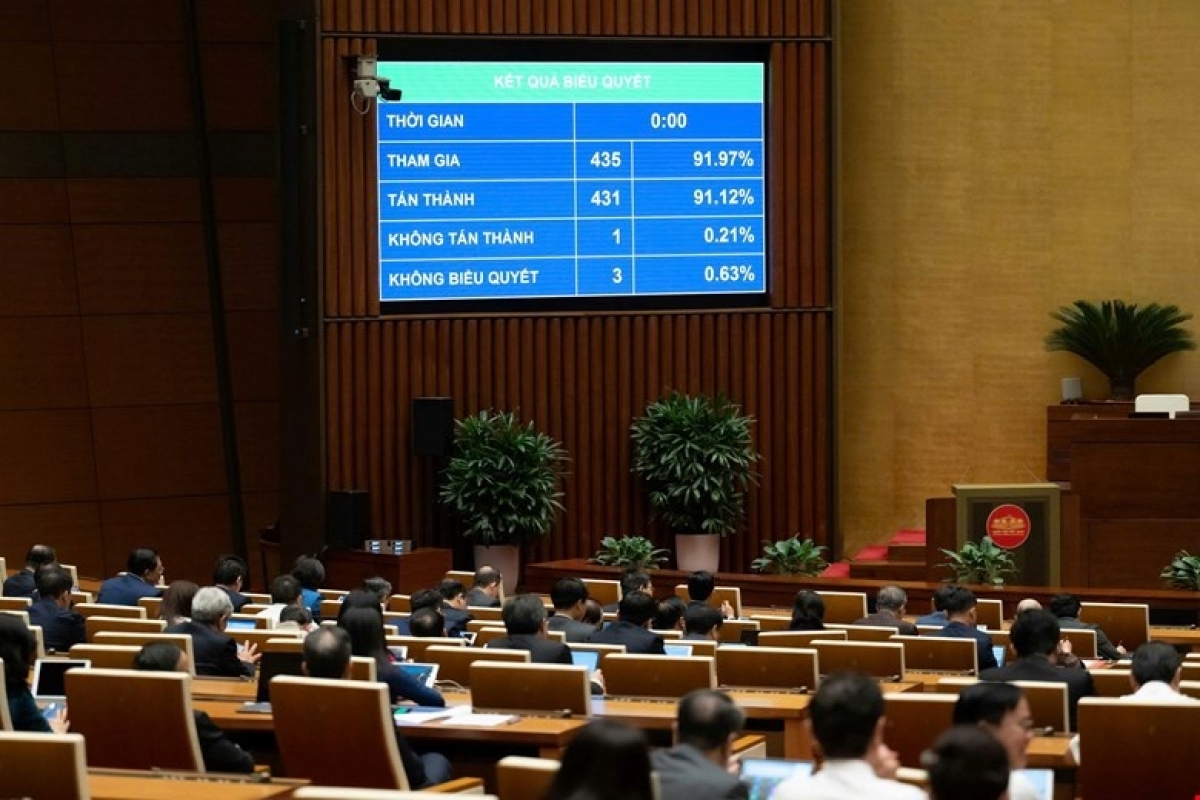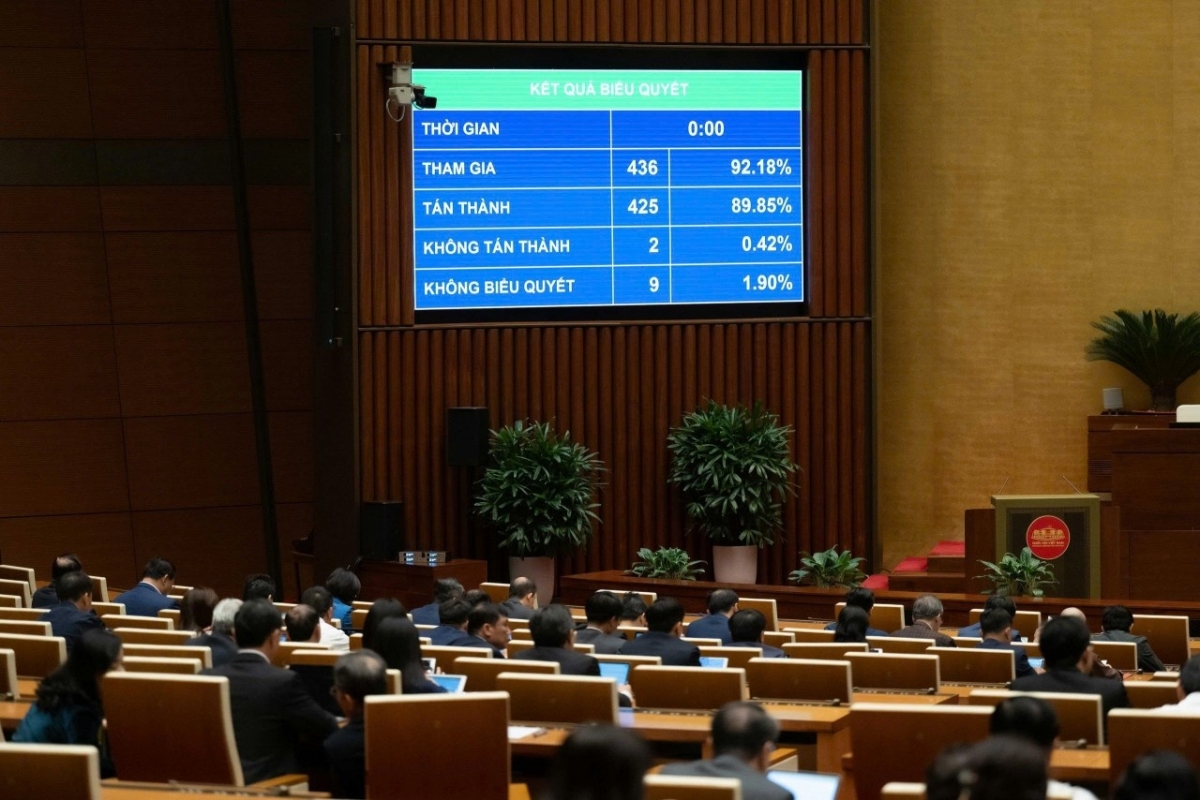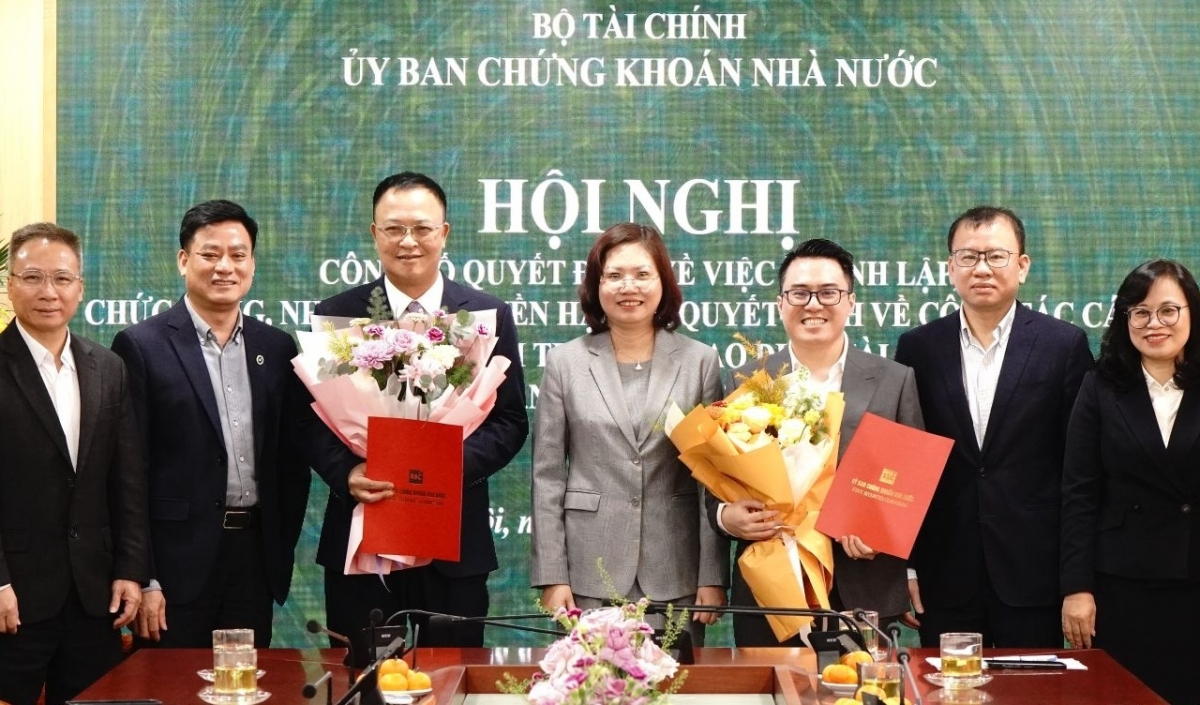INTERNATIONAL INVESTMENT
AND PORTAL
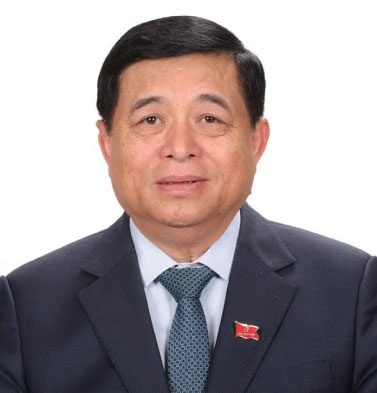 Nguyen Chi Dung, Minister of Planning and Investment
Nguyen Chi Dung, Minister of Planning and Investment
The performance is quite worse than expected, so the prime minister has established six task forces to review and accelerate the allocation and disbursement of public investment in all ministries, agencies, and localities that reported very poor performance, as well as proposed solutions to remove all obstacles.
We should have an overview for a period to give a proper assessment. Specifically, in 2017-2022, public investment disbursement was always reported as under 30 per cent, but there was a significant improvement in the disbursement over the whole year (at about 77-96.5 per cent). Of this, the disbursement in 2018 and 2019 was the worst (at 76.9 and 78.8 per cent), while the first half reported the highest during 2017-2022.
So we can see the sharp increase in the last months of a year that became a rule because contractors also need time to build and accumulate enough volume for acceptance and payment. The low disbursement in the first months of the year has not confirmed that the performance for the whole year will also be bad, for example in 2020 - 2021.
The disbursement rate for the whole year reflects clearly the leadership, direction, and administration of all levels in the disbursement of public investment. Institutional reform is the key step, but the direction and administration are the decisive stages.
What is the role and contribution of the direction and operation in every agency and locality towards public investment disbursement?Slow disbursement is caused for numerous reasons. Some of them are causes persisting for many years, and some of them are the characteristics of each year, including slow land clearance, weak capacity of investors and contractors, and the lack of drastic and thorough direction and management.
Additionally, in 2022, we have just overcome a long pandemic, while the price of raw materials has increased, so many contractors are building in moderation to wait for the adjustment of unit price.
Moreover, although 2022 is the second year of implementing the medium-term public investment plan (2021-2025), it is actually the first year to implement it because the new medium-term public investment plan was approved by the National Assembly in July 2021. Besides that, if the quality of project preparation is poor and land management is not good, projects will have to adjust many times, increasing costs.
Do you see any trouble in mechanisms and policies that are affecting the disbursement of public investment?No, in fact, we have had very important innovations towards decentralisation in all steps like the selection of project, planning, investment preparation, appraisal and approval, assigning and adjusting plans, bidding, and payment. They have all been decentralised to the ministries, agencies, and localities.
We have innovated mindsets, changing from yearly plans to mid-term plans under the Law on Public Investment, changing from pre-inspection to post-checking. So we have removed the scattered and fragmented investment and project approval.
However, there are some challenges to mechanisms and policies. In addition to the Law on Public Investment, state-funded projects are under the management of various laws like those on planning, the state budget, construction, land, environmental protection, and even international treaties and commitments.
For example, the project of land acquisition, compensation, and resettlement at Long Thanh International Airport has already been separated into an independent project, and applied a number of specific mechanisms to speed up progress and allocate enough capital for implementation. But so far, the implementation of this project is too slow, so despite enjoying special policies, public projects still struggle with numerous other challenges, affecting disbursement progress.
So what should we do to strengthen public investment disbursement?Strengthening the disbursement of public investment capital is a very important political task, especially in the context that the economy is still struggling and we are implementing solutions to recover the economy. Over recent times, the government has drastically implemented many solutions to promote the disbursement of public investment.
However, it is possible not only to deal with immediate problems but also to implement long-term solutions through improving institutions and policies, as well as changing the approach, management, and use of this capital in accordance with development requirements.
It is necessary to prepare the project very early to ensure the feasibility and availability of projects, especially in terms of premises, so that if capital is allocated, it can be put into implementation and disbursed as soon as possible.
Therefore, the government is still studying to submit to the National Assembly to separate the site clearance into an independent project, facilitating the preparation and improving the readiness and implementation of the project.
In addition, it is also necessary to point out the cause of the bottlenecks that are hindering and slowing down the implementation progress and disbursement of public investment, including the discipline of public investment, professional capacity of officials at all levels, and the responsibility of leaders. If these bottlenecks are resolved, the disbursement of public investment will definitely improve.


